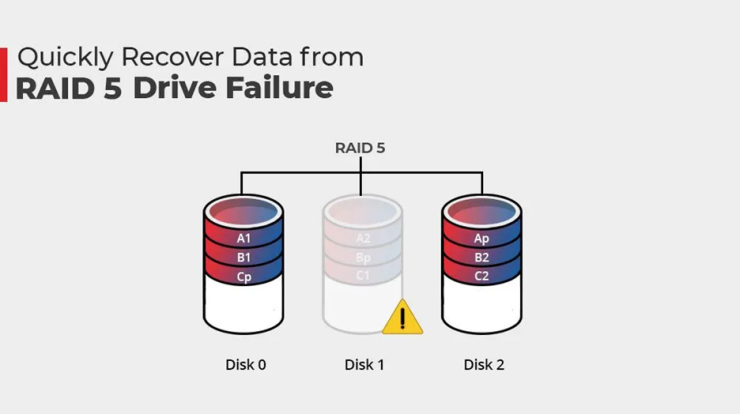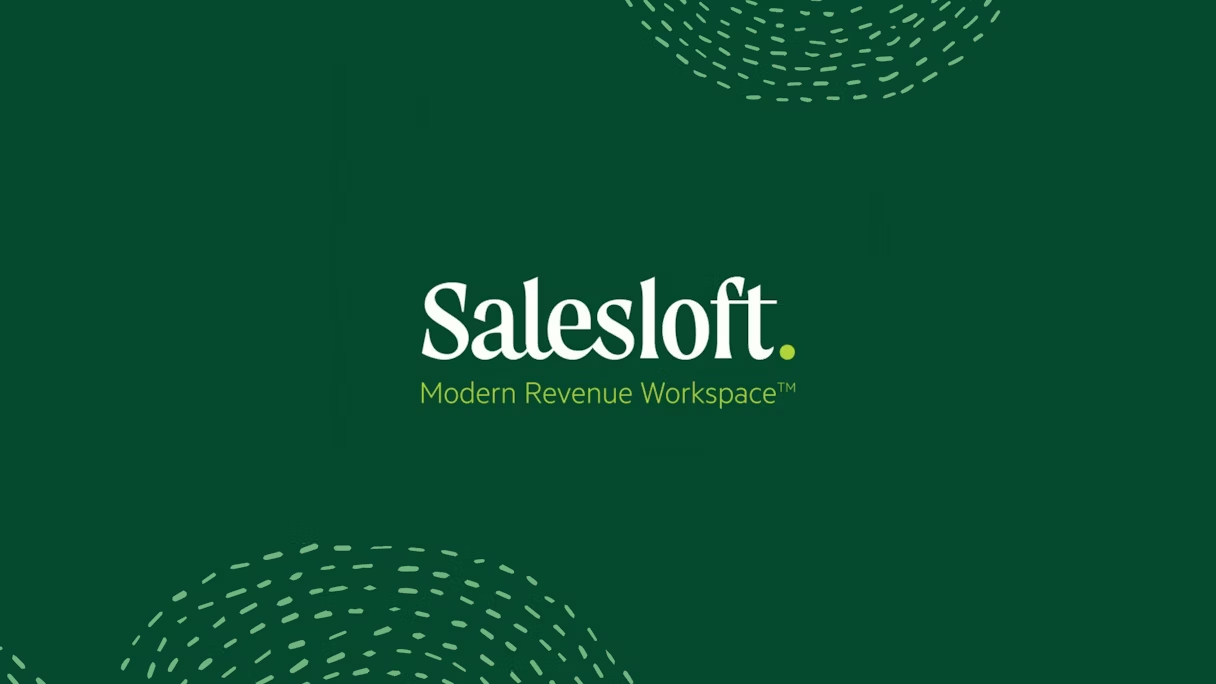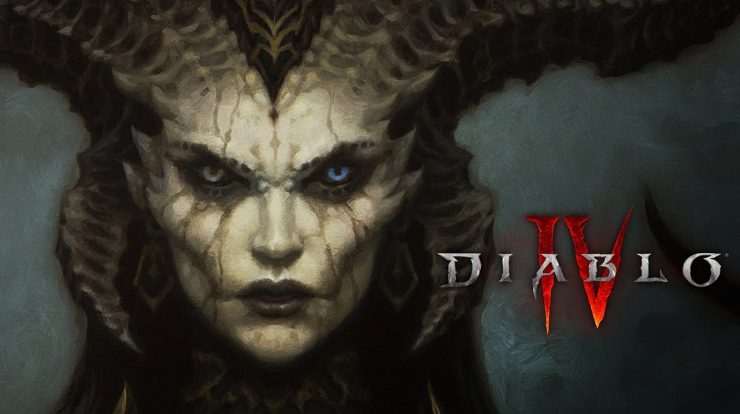
Tableau is a data visualization software that is also an industry leader in data analysis and business intelligence. It has a wide range of tools that all accomplish somewhat different things but all fall under the umbrella of data discovery, analysis, visualization, and business intelligence. Tableau’s primary products are:
Why do you require a Tableau Alternatives?
Although Tableau is one of the most advanced data visualization and business intelligence products on the market, it has several limitations that may urge you to investigate alternatives. Some of them are:
- Tableau is not the most costly data visualization software on the market, but it is much more expensive than its competitors. Tableau’s license is relatively expensive for most small to medium-sized enterprises, making it one of Tableau’s major downsides. Additionally, the program requires appropriate deployment, installation, maintenance, and employee training, all of which are expensive. Tableau is mostly utilized by large organizations due to its high cost.
- No Scheduling Support: Because there is no scheduling function, Tableau does not automatically update the reports. As a result, the user must expend substantial manual effort to update the data at the back end.
- Security Concerns: Because data visualization solutions handle sensitive data, providers prioritize security. Despite Tableau’s strong commitment to data security, it does not offer centralized data-level protection. It only supports row-level security, which means that each user must have his or her own account, and having a large number of accounts increases the possibility of the system being hacked.
- No Version Control: Only modern Tableau versions offer Revision History, and previous versions cannot be rolled back. There is no way to return to prior levels of data in Tableau once the dashboards and reports have been published to the server. Deleted Data cannot be recovered.
Top 15 Tableau Alternatives Software for Data Visualization
Following are the best alternatives to Tableau for you business.
#1. Apache Superset
Apache Superset is the top Tableau alternative for business analytics and data exploration. This open-source project is licensed under Apache License 2.0, which permits anybody to use and distribute a modified version of it. This program is Free and charges a minimum of $15 per month. Apache Superset is specially built to provide an easy-to-use interface, allowing users to efficiently deal with massive volumes of data.
The quantity of data sources supported is a significant consideration when selecting a business intelligence solution, and Apache Superset excels in this area. It supports the vast majority of SQL databases. With this tool, you have total control over the accessibility of your data. It allows you to add users to your database, grant them access, and track their activity.
Website: https://superset.apache.org/
#2. Zoho Analytics
Zoho Analytics is a full-service BI and analytics application that is a viable alternative to Tableau. Zoho Analytics enables customers to prepare and purify data in minutes, as well as graphically examine it. It makes considerable use of AI to aid users at every stage, from data management to report creation to automated insights.
Website: https://www.zoho.com/analytics/
#3. Grafana
Grafana is a cross-platform program that is available for macOS, Windows, and Linux. It is one of the few Tableau open-source solutions that are popular enough to compete with Tableau. While it is free, international organizations like Bloomberg, PayPal, and eBay utilize the Enterprise edition.
Grafana is an excellent tool for viewing time series data, and it supports a variety of databases, including Prometheus, InfluxDB, and Graphite. It also works with relational databases like MySQL and Microsoft SQL Server.
The most major benefit of utilizing Grafana instead of Tableau is its Alerts function. Users may submit and receive data event notifications via any communication channel, including Slack and PagerDuty. You may also manually define scenarios and events, which is handy for testing theories or predicting a future problem. Tableau offers a comparable feature, but it is less comprehensive and just allows email alerts.
Website: https://grafana.com/
#4. Sisense
Sisense is a real-time business intelligence application that analyzes and visualizes large and divergent datasets. It is an excellent tool for preparing complicated data for dashboards with a broad range of displays.
Website: https://www.sisense.com/
#5. Metabase
Alternatives to Tableau Open Source are often free, making them suitable for freelancers and small organizations. Metabase is less expensive on average. Metabase is similar to Tableau in that it is a data analytics application that can be used by both technical and non-technical people. It allows you to create charts and dashboards, as well as run queries without using SQL.
The open-source version of Metabase includes self-hosted deployment, an infinite number of charts and dashboards, and compatibility with over 20 different database types. Metabase also offers over 15 visualization choices and the ability to schedule updates through email or Slack. If the software’s default features are insufficient, you can augment them or download one of the 2000+ GitHub forks.
The program is also quite user-friendly, with a simple user interface and features like quick summarization and a notebook editor. Additionally, the firm provides considerable documentation for the application, and you may seek extra support from the developer community.
Website: https://www.metabase.com/
#6. Oracle
Oracle data warehouse software is a grouping of data that is regarded as a whole. The objective of this database is to store and retrieve relevant information. It is a highly handy Tableau alternative that allows the server to manage massive volumes of data reliably, allowing several users to view the same data.
Website: https://www.oracle.com/
#7. Redash
Redash is an open-source, collaborative business intelligence tool that offers a wide variety of powerful integration features when compared to existing data analytics platforms, making it a favorite among firms that have deployed various apps to manage their business operations.
Redash makes it easier to interact with data warehouses, perform SQL queries to select subsets of data for visualizations, and share dashboards. Its SQL interface is notably simple to use for anyone who is familiar with SQL Server Management Studio or any querying GUI tool for databases. It also supports over 20+ data sources and allows users to quickly share visualizations and associated searches with other team members.
Website: https://redash.io/
#8. SAS
SAS is a viable alternative to Tableau, a major data warehousing solution that enables access to data from numerous sources. It is capable of performing advanced analysis and disseminating information throughout the company
Website: https://www.sas.com/en_us/home.html
#9. SpagoBI
SpagoBI is an open-source business intelligence software for data reporting, data mining, and visualization created by the Open Source Competency Center of Engineering Group, an Italian software services firm. With a wealth of analytical tools, this program guarantees that advanced visualization is incorporated into the reports. The most essential part of this program is the SpagoBI Server, which offers key analytical functions.
It offers two conceptual models for analysis, each of which supports a distinct set of features. The first is the analytical model, which meets all analytical needs, and the second is the behavioral model, which moderates end-user responsibilities for data visualization and all other documents. Additionally, SpagoBI’s cross-platform services allow you to execute analytical tasks across all linked domains.
Website: https://spagobi.readthedocs.io/
#10. Pentaho
Pentaho is a data warehouse and business analytics platform. It is an open-source alternative to Tableau with a streamlined and interactive approach that enables business users to access, explore, and blend data of all sorts and sizes.
Website: https://www.pentaho.com/marketplace/
#11. RAWGraphs
RAWGraphs is an open-source data visualization tool that makes sophisticated data visualization simple for everyone. The major purpose of RAWGraphs is to provide a platform that lets anyone who lacks technical or coding ability generate visualizations on their own. Initially created to assist graphic artists in completing a set of jobs not available in other tools, it has grown into a platform that provides easy methods for mapping data dimensions onto visual variables.
RAWGraphs, in essence, allows users to rapidly and simply generate data visualizations that can be exported and altered in vector graphics applications (such as Adobe Illustrator and Sketch). It was created using the d3.js package and released under the Apache License 2.0. As a result, not only is the source code extremely customizable and interoperable with any JS framework, but it is also free to use and alter, even for commercial reasons.
Website: https://www.rawgraphs.io/
#12. QlikView
Qlik is a Tableau rival that allows you to create visualizations, dashboards, and applications. It also enables viewing the complete story contained inside the data.
Website: https://www.qlik.com
#13. Plotly-Dash
One of Tableau’s primary selling points as a business intelligence tool is that it can be used by individuals with no technical knowledge to gain significant insights from enormous volumes of data. The same may be true about this Tableau Open Source alternative. Plotly is a software firm that develops solutions for data analytics and visualization. Dash is the company’s open-source platform for creating web-based analytics apps. Aside from using Plotly’s specific characteristics, it also offers interactive visualizations. Plotly also provides interactive features that may be customized, such as dropdowns, sliders, and buttons, to allow access to multiple graph viewpoints.
Website: https://plotly.com/dash/
#14. Dundas BI
Dundas is enterprise-ready business intelligence software that competes with Tableau. It is used to create and examine interactive dashboards, reports, scorecards, and other documents. Dundas BI may be deployed as the organization’s core data portal or integrated into an existing website as a bespoke BI solution.
Website: https://www.dundas.com
#15. BIRT
Business Intelligence and Reporting Tools (BIRT), which was released in 2004, is one of the most popular open-source business intelligence solutions in the world. Using a straightforward user interface, BIRT allows users to produce a range of detailed reports, including textual information, graphs, and other charts. Although this program is designed primarily to suit the demands of straightforward reporting, it may be taken a step further by including data analysis and displaying the data in a more structured and analytical manner. It may also be integrated with a range of other apps. To be more specific, BIRT can be readily integrated with Java and Java EE applications to provide comprehensive reports.
Conclusion
This blog introduced you to Tableau and the key features it provides. It also presented you with a complete selection of the best Tableau open-source alternatives.
When you collect and manage data across several apps and databases in your organization, it is critical to combine it for a thorough performance review. To do this, you must dedicate a portion of your technical bandwidth to integrating data from all sources, cleaning and transforming it, and then loading it into a cloud data warehouse, a BI tool like Tableau, or a destination of your choice for further business analytics.


















